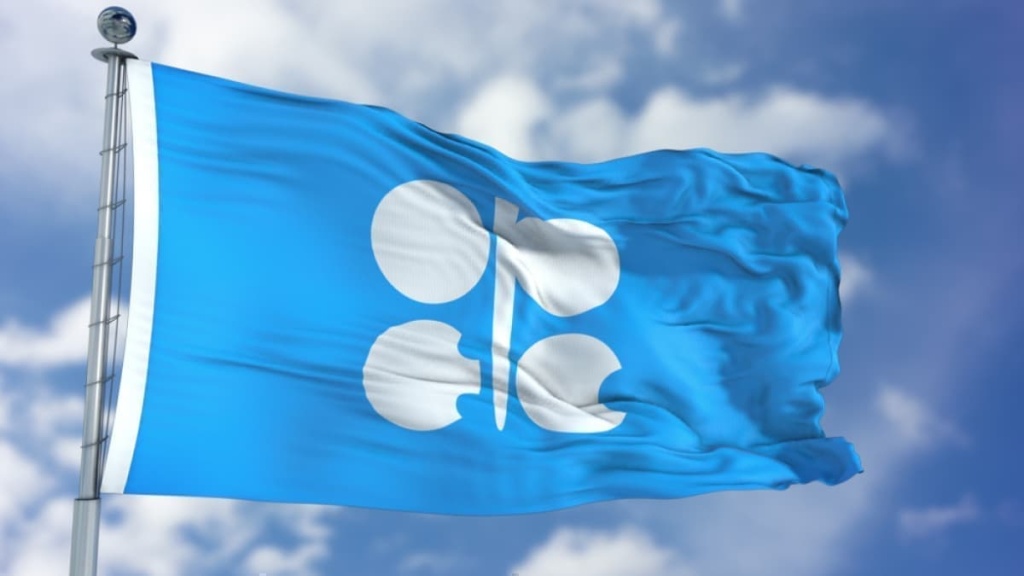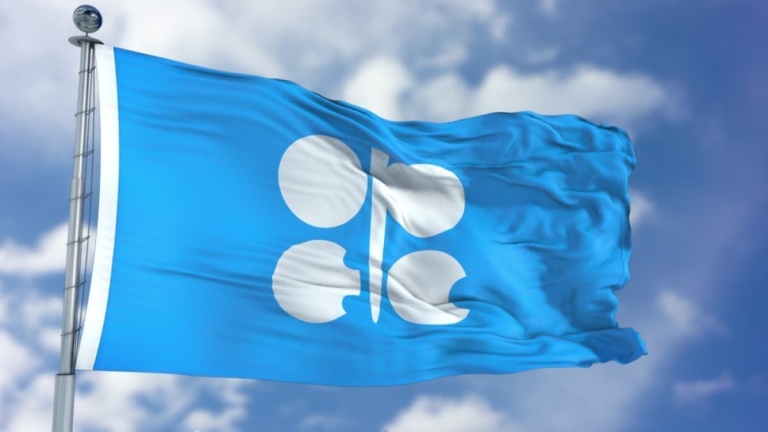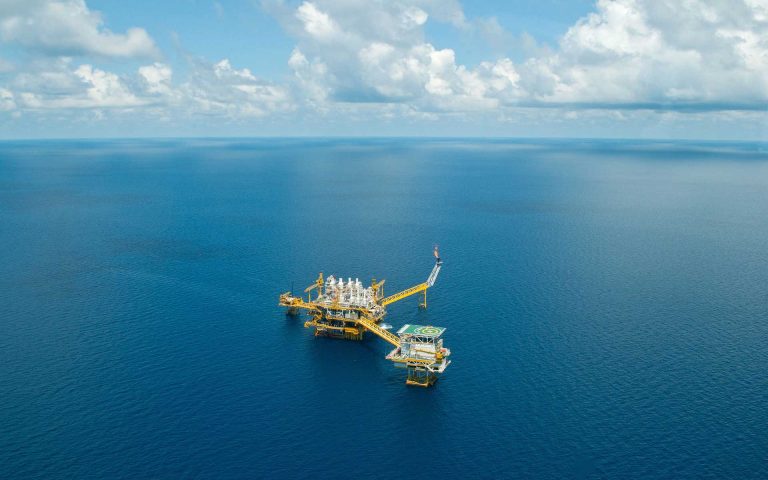The decisive factor behind the voluntary production cut from some OPEC+ members was positioning data and the rapid move towards a bearish speculative extreme amid the market turmoil that followed the collapse of SVB.
That’s what analysts at Standard Chartered think, according to a new report sent to Rigzone by the company, which noted that there was 228.9 million barrels of speculative net selling of crude oil in just two weeks. That was a faster selling rate than at the start of pandemic lockdowns, including 113 million barrels of new speculative shorts, the analysts highlighted in the report.
“Evidence of rapid speculative selling, combined with option market effects, has often raised concerns for key producers and has sometimes led to unexpected cuts; we see the latest surprise as fitting within that pattern,” the analysts said in the report.
“The message from Saudi Arabia in particular is that it was naïve for traders to drive Brent down to $70 per barrel and not to expect a response from producers who did not see a fundamental justification for the fall,” they added.
While a desire to shock speculative shorts and discourage price undershooting was a key factor, there is also a fundamental context to the cuts, the analysts noted in the report.
“There was a significant supply surplus in late 2022 which continued into Q1,” the analysts said in the report.
“Inventories are currently 200 million barrels higher than at the start of 2022 and 268 million barrels higher than the June 2022 minimum. Before the cuts, we estimated inventories would … fall, but only slowly. If cuts are maintained all year … the build over the past two quarters will be gone by November and the same will be achieved by year-end if the current cuts are reversed in October,” the analysts added.
“We think a move that reverses an unexpected inventory build as well as correcting a short-term speculative-led price undershoot proved irresistible for producers,” they went on to state.
Dedication to Current Price Range, Inflation Issue
In a statement sent to Rigzone on Wednesday commenting on the latest OPEC+ cut, Robert-Jan van der Mark, a Multi-Asset Investment Manager at Aegon Asset Management, said, “OPEC is showing its dedication to the current price range”.
“In past years it has shown the ability to make much deeper production cuts if necessary to achieve its objectives. It clearly still has ammunition left,” he said.
“Oil price risks have now clearly moved to the upside. Oil price changes are a dominant factor in the energy inflation component,” he added.
Van der Mark noted in the statement that this event marks the end of the dampening effect on headline inflation, “as the oil price was grinding lower in the wake of an economic slowdown but has now reversed course”.
“Central banks have been encouraged that their policy of higher rates is near completion, by a downward trend in headline inflation that emerged over the last few months, while core inflation (excluding food and energy) still seems more stable at an elevated level,” he said.
“The rebound in energy prices could indicate headline inflation will also be stickier than hoped and can put renewed pressure on central banks to step up and continue hiking,” he added.
In the statement, Van der Mark highlighted that several contributing market factors leave shale producers unable to respond effectively to OPEC production cuts and pointed out that the U.S. government cannot replenish strategic supplies at cheaper levels.
“Oil price volatility and higher interest rates have caused financing cost for U.S. shale companies to move higher,” he said.
“On top of that oil curves are in backwardation – where longer dated future contract prices are lower than spot prices – meaning U.S. shale oil companies are hedging their production against prices significantly lower than oil spot prices. This provides OPEC producers with another competitive advantage,” he added.
“The U.S. government announced in October 2022 that it planned to repurchase oil for the SPR when prices are at, or below, roughly $67-$72 a barrel. Before OPEC stepped in oil prices were trading around these levels, but the West Texas Intermediate oil price spiked above $80 after the announcement – denying the U.S. an opportunity to replenish oil reserves at lower prices,” van der Mark continued.
In the statement, the Aegon Asset Management Investment Manager highlighted that the U.S. government has drawn oil from its strategic petroleum reserve (SPR) over the last 12 months “to balance the market and dampen oil price increases after Russia invaded Ukraine”.
He warned that the SPR is at its lowest level since the early 80s, which he said “limits the flexibility of the U.S. government to act in case of emergency”.
Clearly Bullish
In another report sent to Rigzone on Monday, analysts at Macquarie Bank Limited outlined that, although they believed markets had been embedding potential OPEC support, the size and timing of the cut “represents a clearly bullish development for crude”.
“As a first pass, the announced cut would flip our balances to a meaningful deficit in 2H ’23, with any offsetting shale response largely a ’24 event,” the analysts said in the report.
“Even carrying much of the OPEC cut through Dec. ‘24, however, our balances would only reflect a modest FY ‘24 deficit if the U.S. tight oil rig count held flat with current levels (vs. our base case that has anticipated a decline),” they added.
“Put alternatively, while this move provides material near-term support for crude, potentially limits cyclical downside, and we expect it to be met quite bullishly by the market, even if largely carried through ’24, we do not see it necessitating a durable increase in crude prices beyond the recent range,” the analysts continued in the report.













